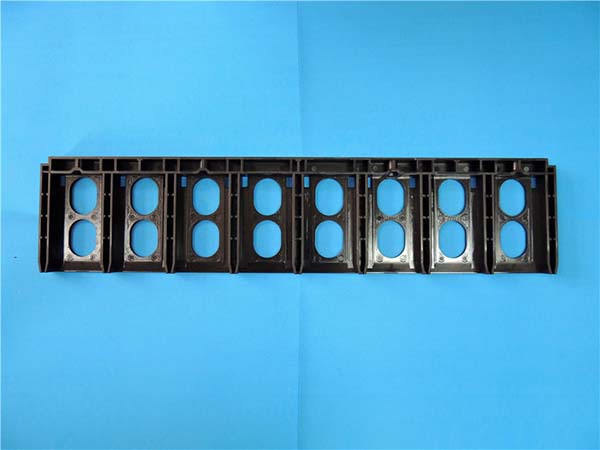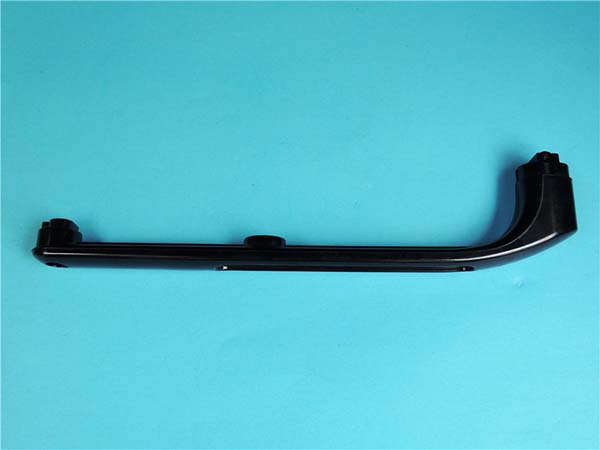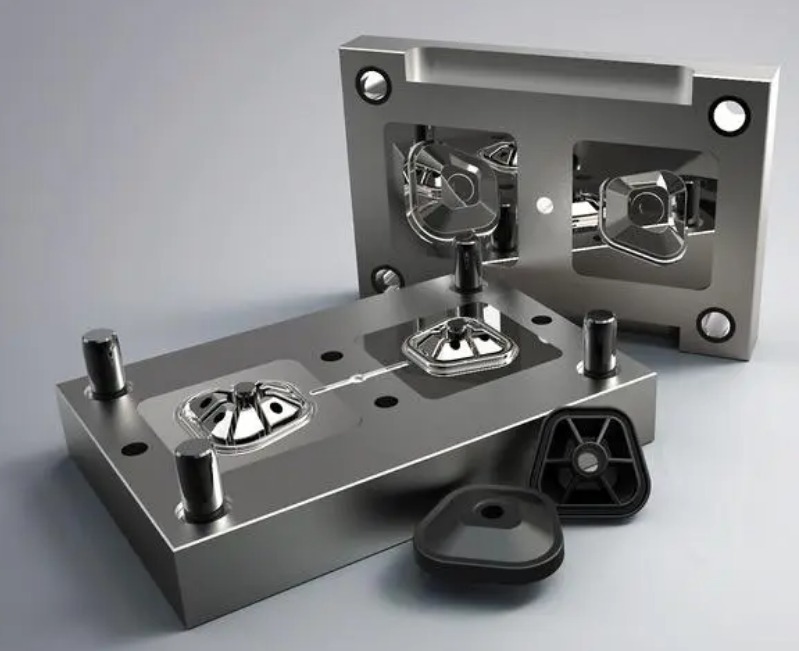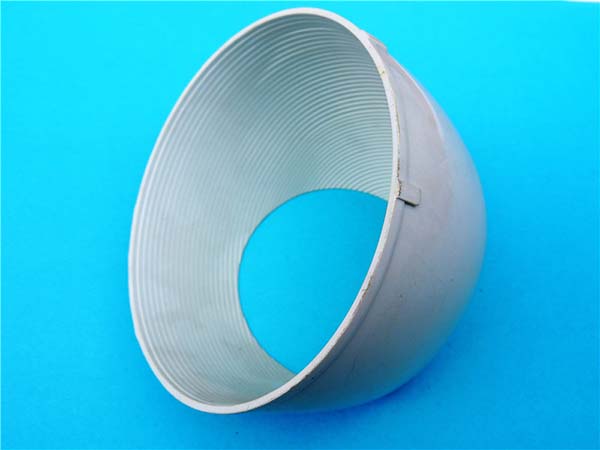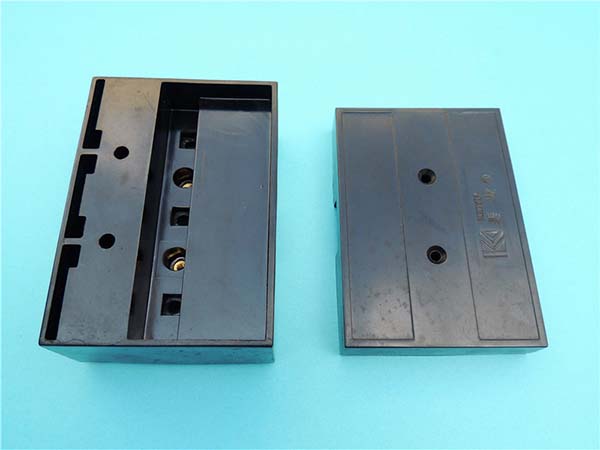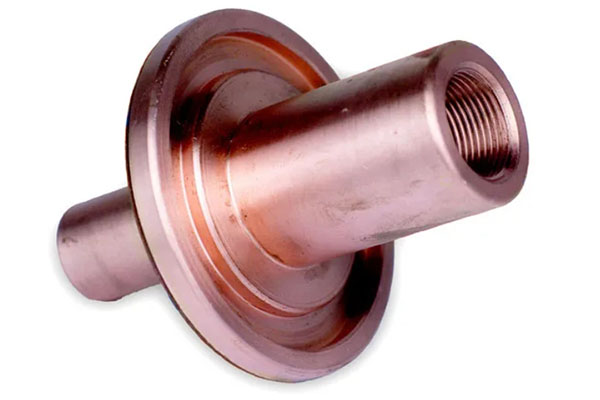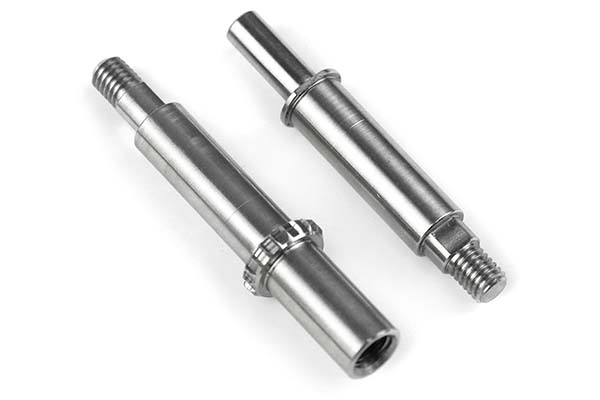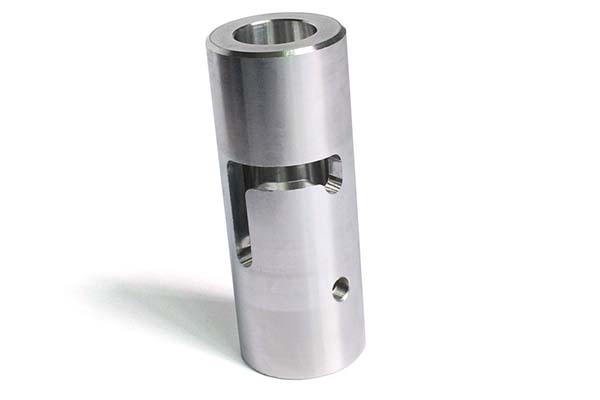Introduction to Reverse Engineering
Definition and Importance
Reverse engineering is the process of analyzing an existing product or system to understand its components, functionality, and design principles. By disassembling and studying these products, engineers and designers can uncover the methods and materials used in their creation. The importance of reverse engineering lies in its ability to provide valuable insights into existing designs, enabling the development of improved or entirely new products. It plays a critical role in enhancing the speed and quality of product development, which is especially beneficial in competitive markets.
Applications in Product Development
Reverse engineering is widely used in product development to achieve various goals, such as:
- Benchmarking: By studying competitors’ products, companies can identify design strengths, weaknesses, and opportunities for improvement.
- Identifying Design Flaws: It allows engineers to pinpoint flaws in existing products and address them in new iterations.
- Innovation: Reverse engineering often uncovers unique features and functions that can be incorporated into future designs, fostering innovation.
- Troubleshooting and Repair: It is also essential for understanding and repairing complex systems by providing detailed insights into their internal mechanisms.
The Role of Reverse Engineering in Rapid Prototyping
Deconstruction and Analysis
The reverse engineering process begins by disassembling a product to study its individual components. This could involve breaking down mechanical parts, examining materials, or analyzing electronic systems. Once the product is dismantled, engineers assess each part’s function, manufacturing techniques, and design principles. Understanding these aspects helps identify potential improvements or innovations for future iterations, ensuring that new prototypes are optimized from the start.
Improving Prototype Efficiency
By studying successful designs through reverse engineering, engineers can avoid the pitfalls that often accompany initial design iterations. The insights gained help optimize design choices, reducing the trial-and-error phase that typically slows down the prototyping process. This leads to faster iteration cycles, as engineers can quickly identify and test solutions based on their learnings from existing products. Additionally, reverse engineering can help optimize resource allocation by uncovering alternative materials or manufacturing methods that maintain or improve performance, further accelerating the prototyping process.
Enhancing Design and Functionality
Reverse engineering allows engineers to identify features and functions in existing products that are highly effective or innovative. These elements can be incorporated into new prototypes to enhance overall design and functionality. Furthermore, reverse engineering often uncovers aesthetic design choices that resonate with consumers, helping new prototypes appeal to users both functionally and visually. The result is a refined product that meets or exceeds user expectations.
Benefits of Integrating Reverse Engineering
Faster Development Cycles
Integrating reverse engineering into the rapid prototyping process accelerates development cycles. By analyzing existing products, engineers gain immediate insights that reduce the need for lengthy trial-and-error phases. This rapid knowledge transfer allows teams to focus on refinement rather than invention, which is especially critical when time-to-market is a competitive advantage. This approach minimizes the time spent on the initial stages of product development, making it easier to move quickly from concept to final prototype.
Cost-Effective Prototyping
Reverse engineering contributes to more cost-effective prototyping. By understanding the design and manufacturing techniques used in existing products, engineers can make informed decisions that avoid unnecessary spending. For example, choosing cost-efficient materials or simplifying complex manufacturing processes can reduce material waste and manufacturing time. Additionally, reverse engineering helps to avoid costly mistakes by revealing design flaws or inefficiencies early, saving money in the long run.
Iterative Improvements
Reverse engineering supports iterative improvement throughout the prototyping process. Each analysis of an existing product leads to design revisions that build on the previous cycle, refining the prototype with every iteration. This iterative approach ensures that the final product is optimized in terms of both functionality and user experience, as engineers can continuously make incremental improvements based on the knowledge gained in each round of reverse engineering and testing.
Case Studies and Examples
Success Stories
- Apple's Early Products: Apple is known for using reverse engineering to improve upon existing technologies. Early in the development of their computers, Apple engineers reverse-engineered successful designs from other companies and incorporated superior features into their own models. This practice laid the foundation for Apple's innovation in the consumer electronics space, particularly in devices like the iPhone.
- Automotive Industry: Automotive companies frequently use reverse engineering to analyze competitors' vehicles and incorporate the best features into their own designs. For example, by studying competitor vehicles' suspension systems, companies can integrate improved safety and handling features into their own car models, offering more reliable and appealing options to consumers.
- Medical Device Development: Companies in the medical device industry, like Medtronic, use reverse engineering to optimize surgical instruments. By analyzing competitors’ products, they can enhance functionality, reduce costs, and ensure the products are safer and more effective in medical applications. This results in more efficient, high-quality devices that better serve healthcare professionals and patients.
Challenges and Solutions
Challenges
Despite its many benefits, reverse engineering can present several challenges:
- Legal and Ethical Concerns: Reverse engineering may infringe upon intellectual property rights, particularly when dealing with patented or copyrighted products. Companies must be cautious to avoid legal complications when deconstructing competitors' products.
- Complexity of Modern Products: As products become increasingly sophisticated, reverse engineering can become more complicated. High-tech devices, such as smartphones, feature intricate designs, complex electronics, and advanced materials, making disassembly and analysis a time-consuming and challenging process.
Solutions
To mitigate these challenges, companies can take several steps:
- Legal Compliance: It’s essential to ensure that reverse engineering activities comply with intellectual property laws. Consulting with legal experts before engaging in reverse engineering is a prudent strategy. By adhering to legal frameworks, companies can avoid costly lawsuits and reputational damage.
- Advanced Tools and Software: Investing in specialized reverse engineering tools and software can streamline the analysis process. Technologies such as 3D scanning, CAD modeling, and X-ray imaging can help disassemble and visualize complex products without physically dismantling them. These tools make reverse engineering faster and more accurate, especially when dealing with modern, sophisticated products.
- Expert Collaboration: Collaborating with specialists in fields such as materials science, electronics, or mechanical engineering can help overcome technical challenges in reverse engineering. By bringing in experts with experience in analyzing complex systems, companies can gain deeper insights and navigate difficulties more efficiently.
FAQs
What is reverse engineering?
Reverse engineering is the process of deconstructing a product or system to understand its components, functionality, and design. It involves analyzing an existing product to uncover the methods and materials used in its creation.
How does reverse engineering benefit rapid prototyping?
Reverse engineering enhances rapid prototyping by providing valuable insights into successful designs. This allows engineers to skip the trial-and-error stage, resulting in faster development cycles, more efficient use of resources, and improved product functionality.
Are there any legal considerations when using reverse engineering?
Yes, reverse engineering can sometimes raise legal issues, especially when it involves products protected by patents or copyrights. Companies must ensure they comply with intellectual property laws, seek legal advice when necessary, and approach reverse engineering ethically to avoid legal risks.
Conclusion
Reverse engineering significantly enhances the rapid prototyping process by offering valuable insights that drive faster, cost-effective, and innovative product development. It accelerates development cycles, enables iterative improvements, and leads to high-quality prototypes that meet consumer needs more effectively. Despite the challenges, such as legal considerations and technical complexities, companies can overcome these hurdles by using advanced tools, collaborating with experts, and adhering to legal guidelines. As industries continue to evolve, reverse engineering will remain a key strategy in creating cutting-edge products that stand out in competitive markets.

